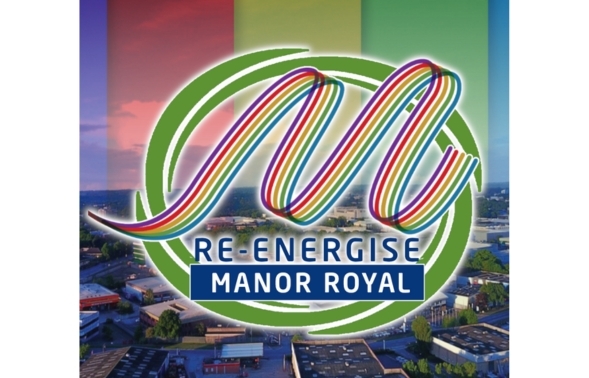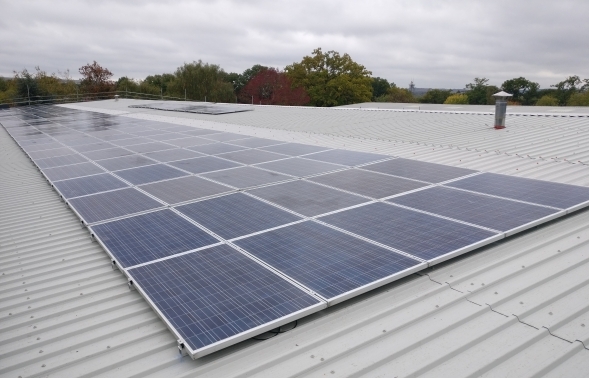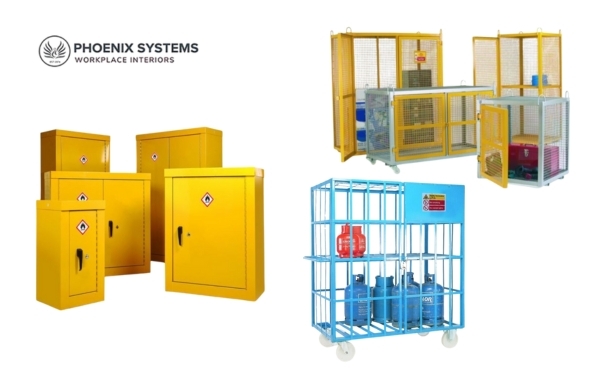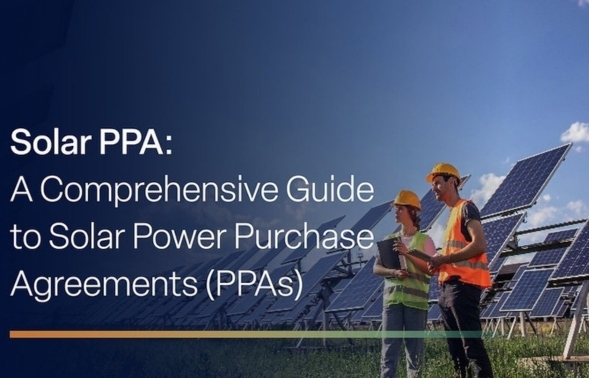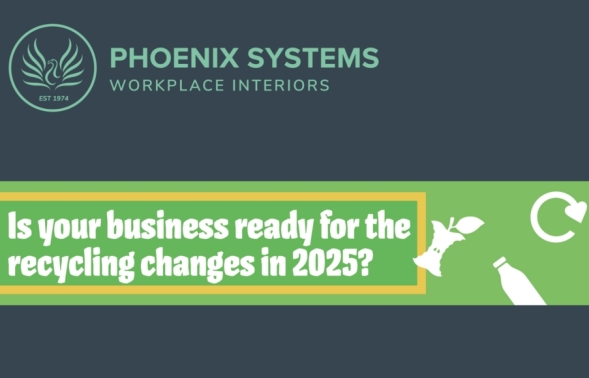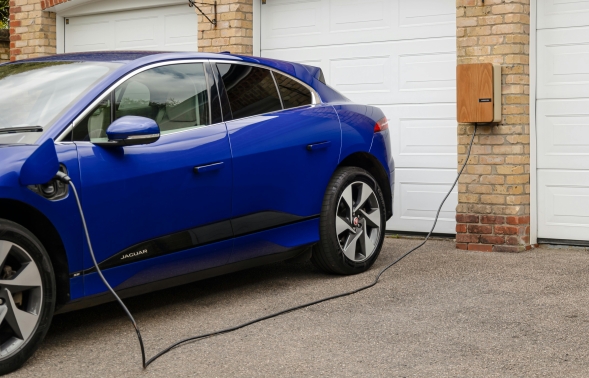Buying second hand panels or cutting corners to save money in the short term is not advisable and inevitably is a false economy, costing you more money in the long run, not to mention time wasted. The same applies to the inverter and battery storage. Unless you have the technical knowledge, fitting solar panels, an inverter, a battery, ensuring all the cabling is correctly fitted and the electrical work is carried out at the highest level, what could be a dream solution when it comes to renewable energy is, in fact, a living nightmare.
DIY jobs, also, will not be eligible for MCS, Part P and IBG certification. So, you'll have the added expense and hassle of bringing in a professional solar energy and electrical contractor to first survey your property, access your work before consideration for such industry regulated approval and certification to be granted.
How solar power works
When solar power is generated, it converts the energy from the sun into electricity.
There are two types of energy that are generated from the sun: heat and electricity.
Various types of solar panels are used to generate both electricity and heat. These can range in size from small residential rooftops to large solar farms.
Solar power is regarded as a promising source of renewable energy.
As long as the sun continues shining, solar power will continue to provide energy.
Since solar panels can last for over 25 years, their carbon footprint is relatively small. In addition, the materials they are made from are recycled, which helps shrink the footprint even further.
How does solar energy produce electricity?
A solar panel is usually made from either silicon or another type of semiconductor material. When exposed to sunlight, this material releases electrons and produces an electric charge.
The electric charge produced by solar panels is captured by the wires. This electric current, which is referred to as DC, is then converted into an AC by an inverter.
What is the difference between a solar thermal panel and a solar photovoltaic panel?
Unlike photovoltaic panels, solar thermal systems use the exact same energy source, namely the sun. Nonetheless, the technology used in these systems is different.
The basic idea behind photovoltaics is that a photon can affect a semi-conductor surface, such as silicon, and generate an electron.
In contrast, solar thermal systems rely on the direct heat produced by sunlight to provide hot water and heating.
Is it possible to produce solar power on a cloudy day?
Producing solar power depends on the level of sunlight that falls on a solar panel. Its output can vary based on factors such as the type of panels used, the quality, and the quantity of sunlight.
The leading producers of solar power globally.
In 2022, not surprisingly, China have become the largest producer of photovoltaic electricity. The US is second, followed by Germany, India, and Japan.
The increasing number of solar power plants has prompted many companies to look into how they can integrate it into their electrical systems.
The governments of the US and the UK are currently working toward decarbonising their electrical systems by 2035. They aim to use renewable energy sources such as solar power to meet their goals.
In May 2023, the UK's first solar farm that was connected to the country’s transmission network was energised. This facility, which was a solar PV array, allows the electricity to be generated and transported over long distances. Before this, solar farms were usually connected to the country’s regional distribution networks.
The facility, which is situated near Bristol, is expected to produce over 73,000 megawatt hours of electricity annually. It will help cut down on greenhouse gas emissions by approximately 20,500 tons each year.
A recent report released by the UK government stated that the country should install 70 gigawatts of solar power by 2035. This would provide enough electricity to power up to 20 million homes.
